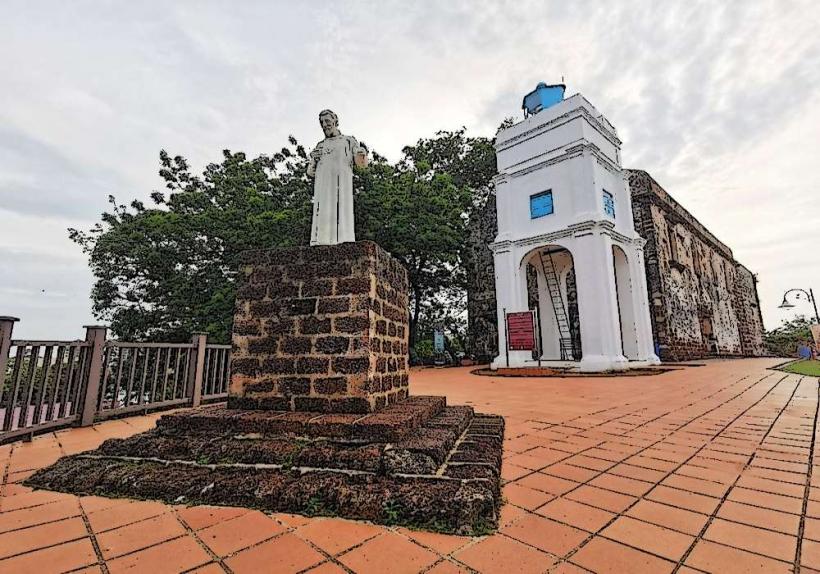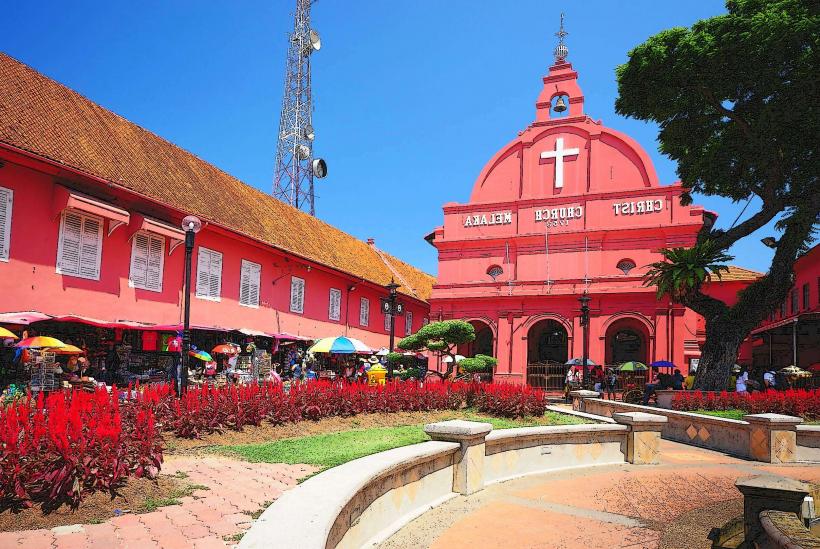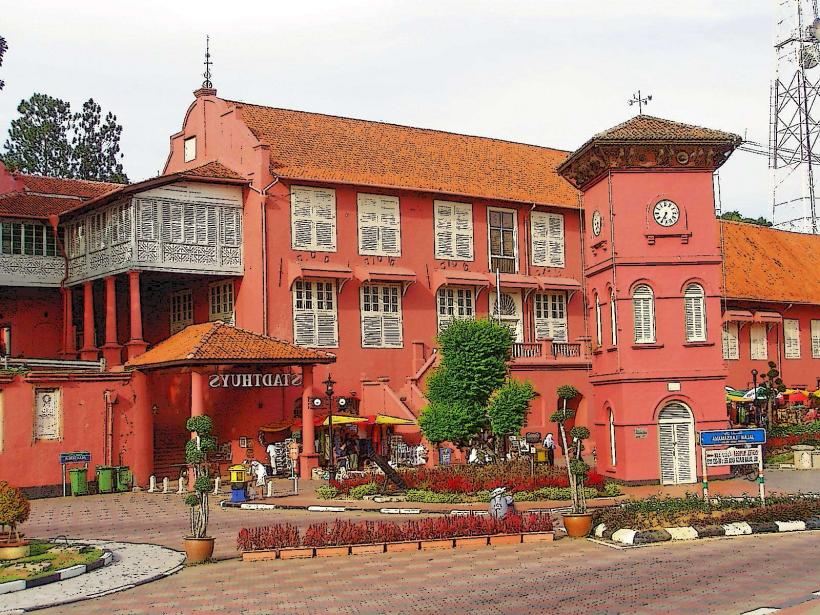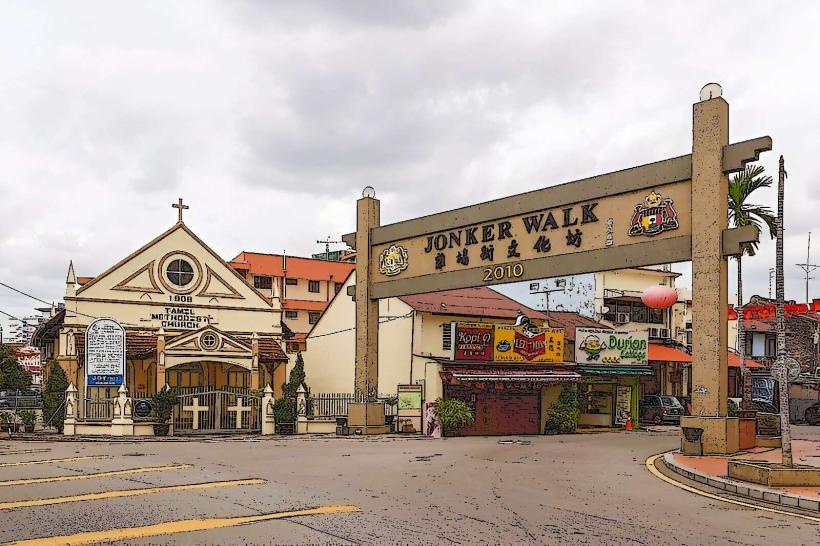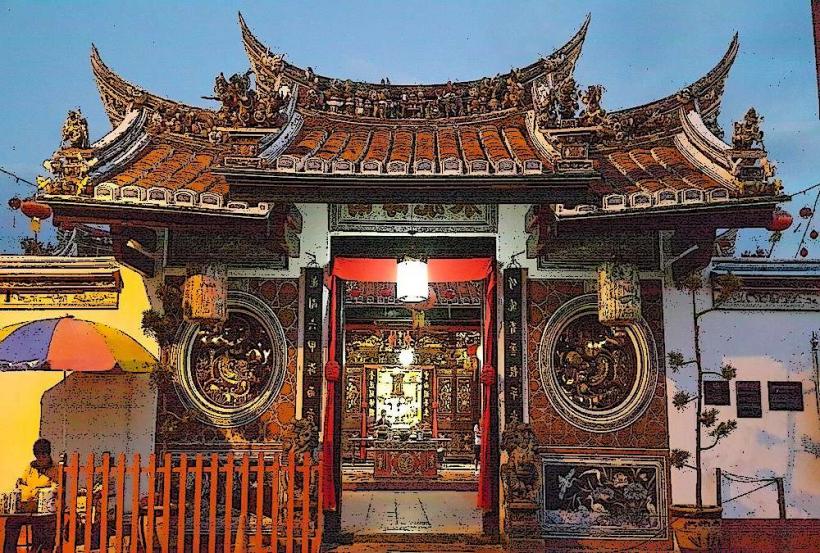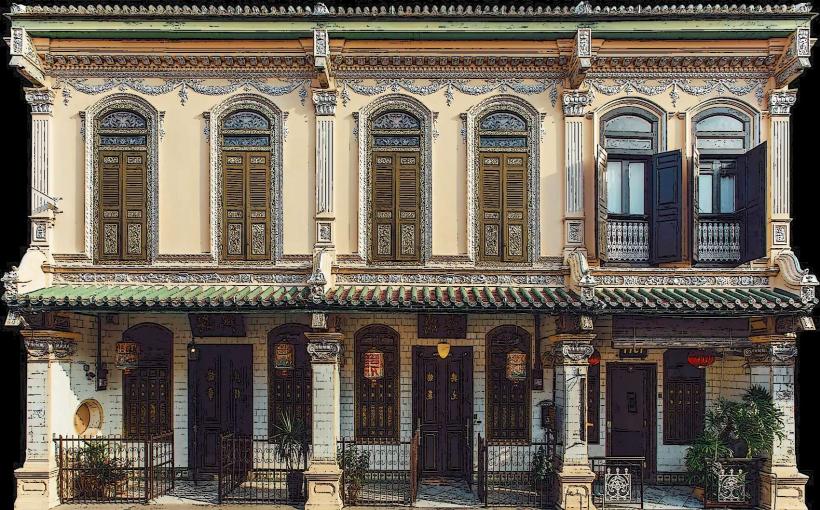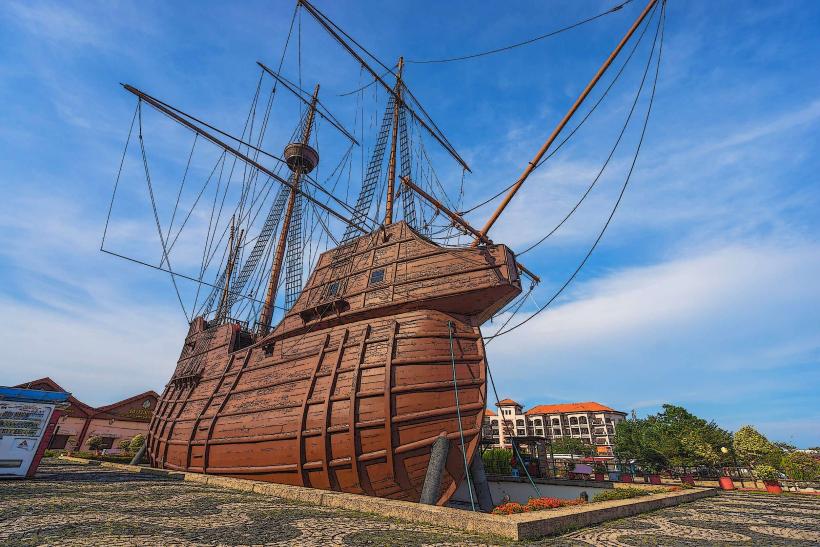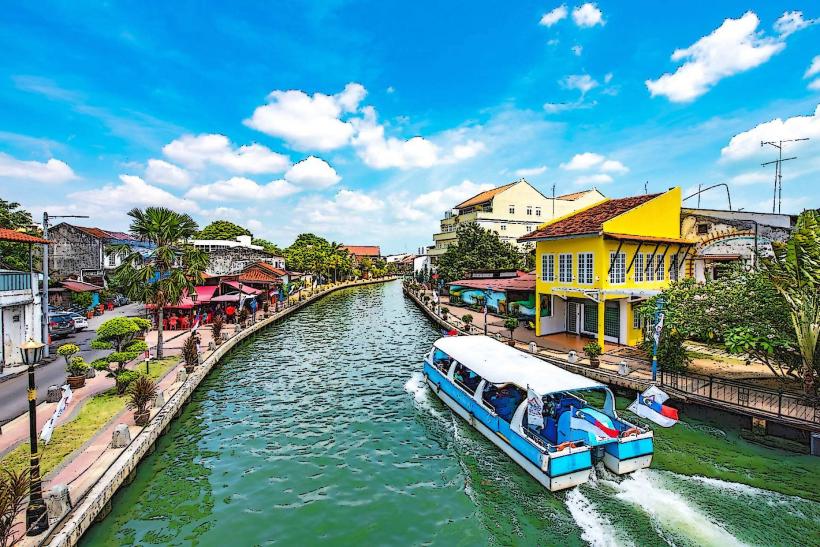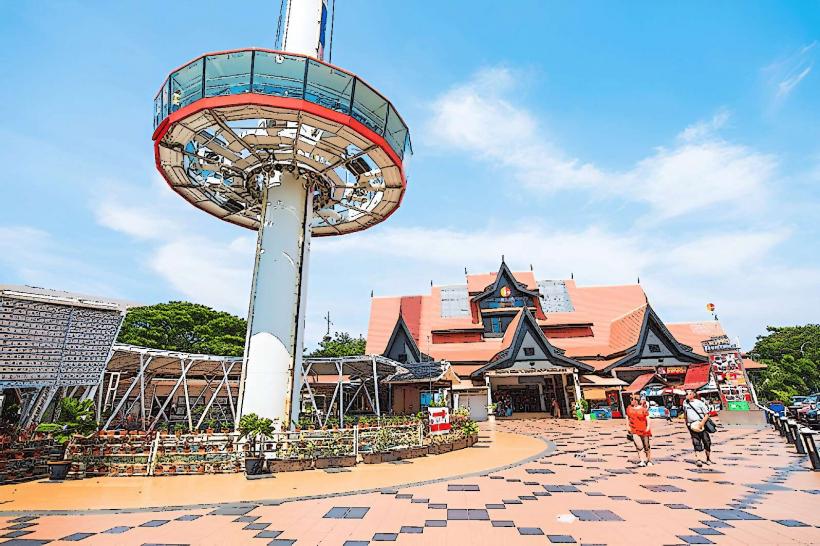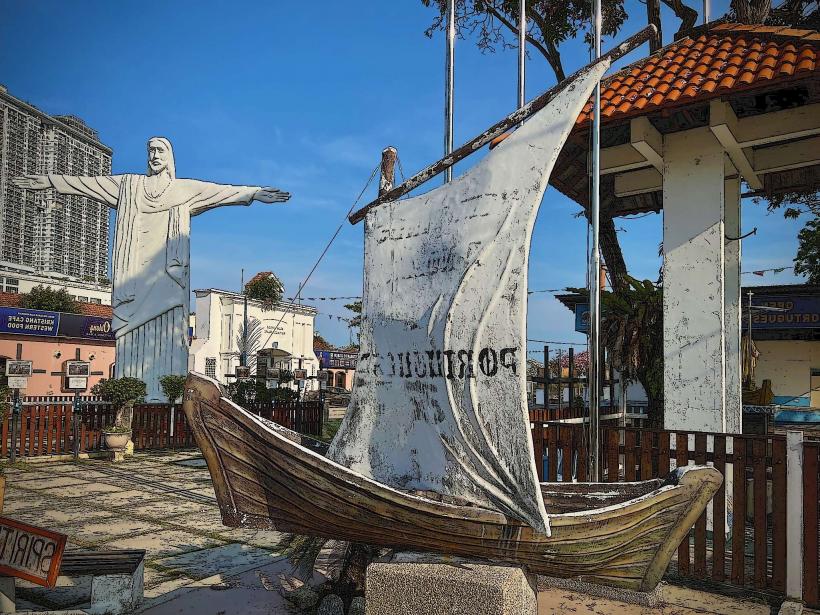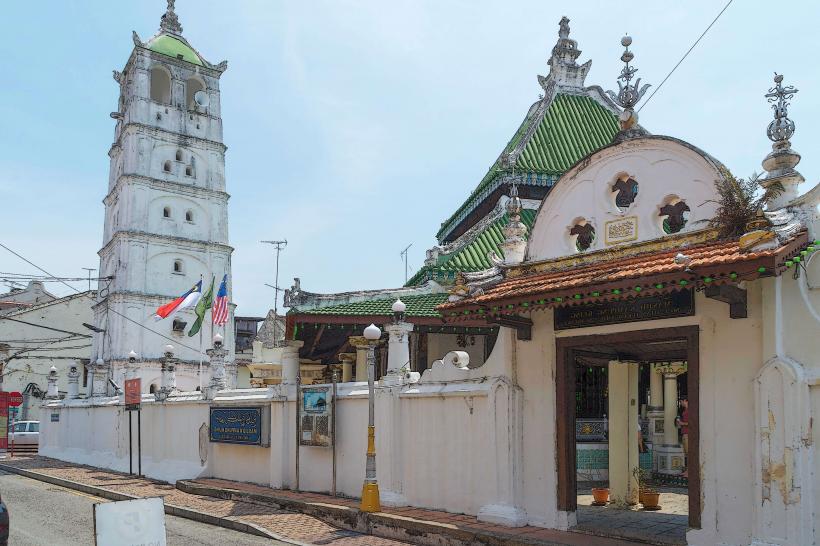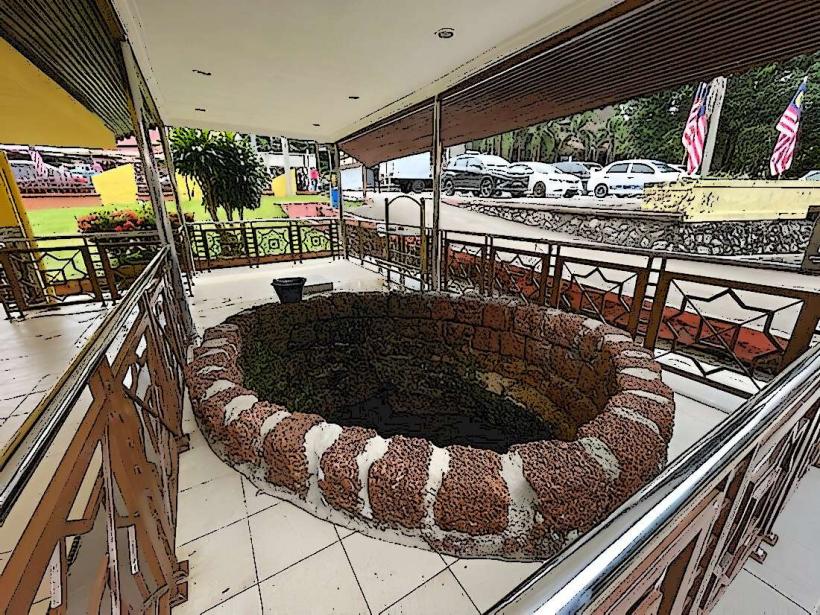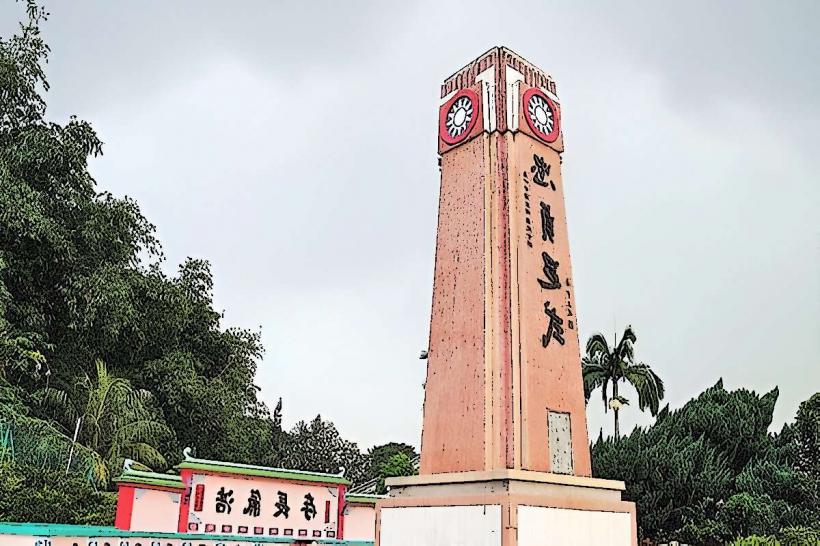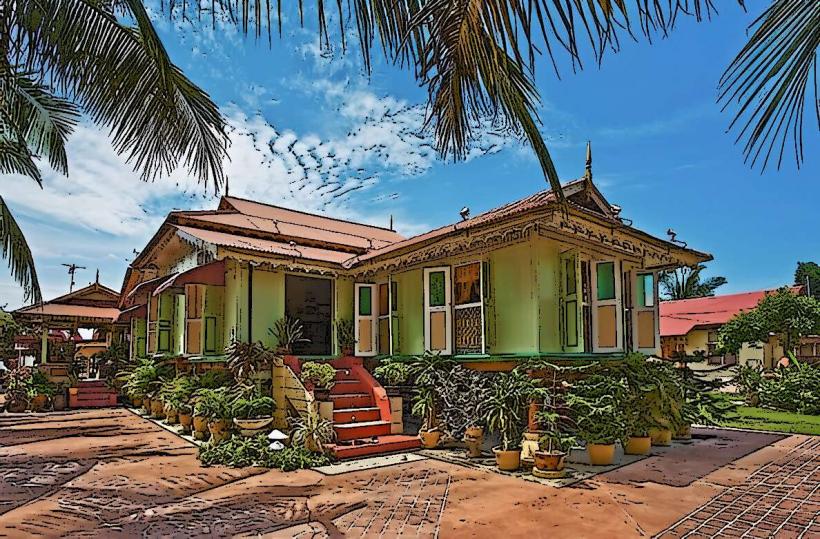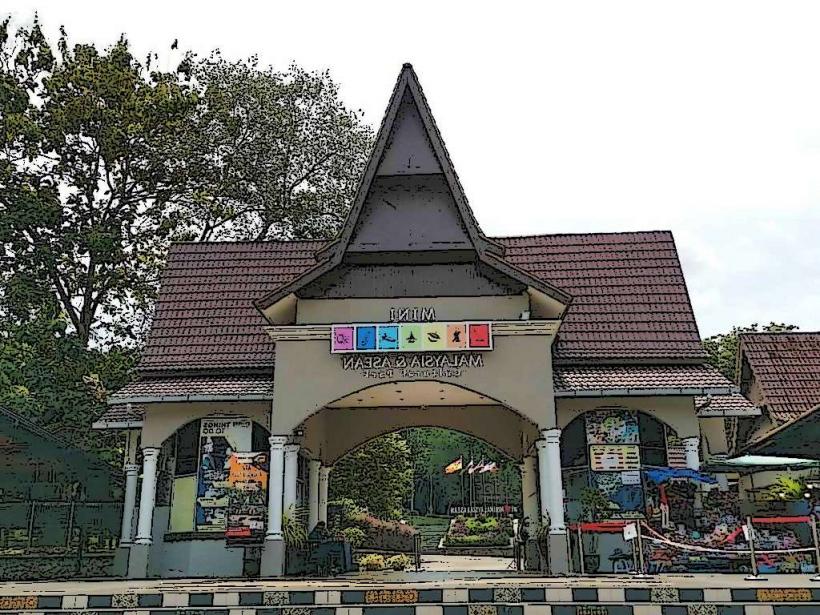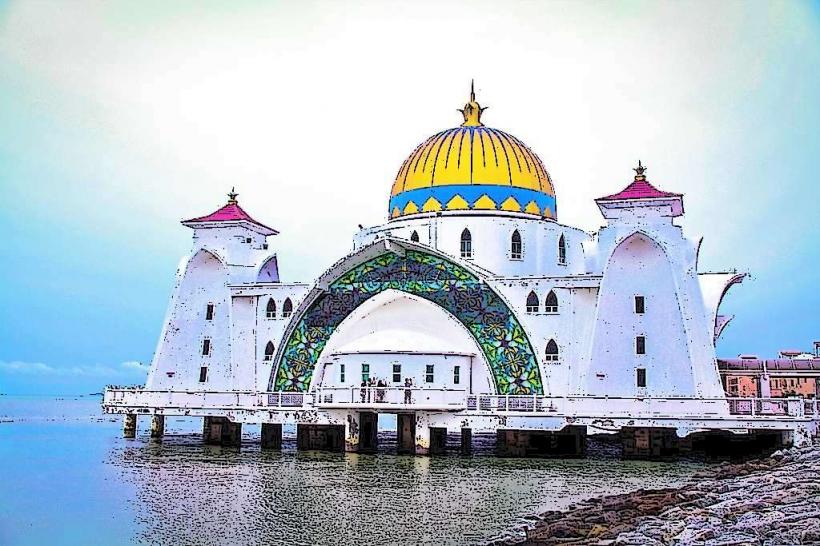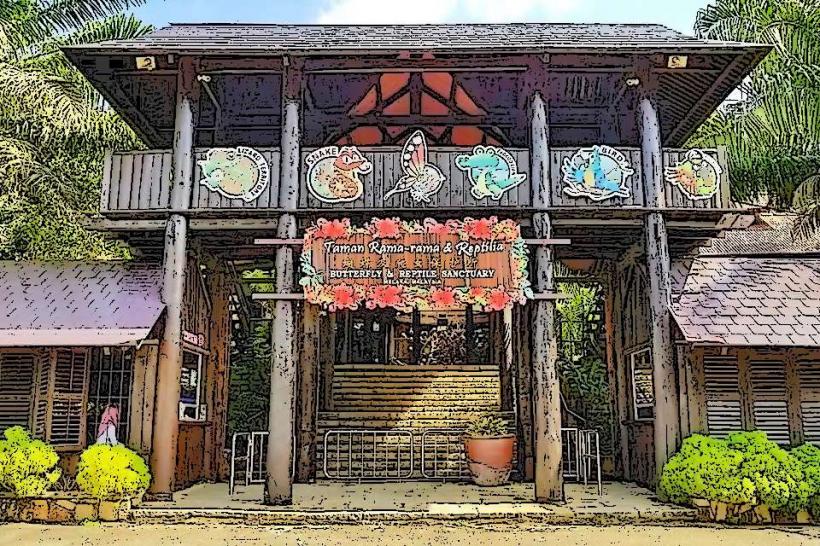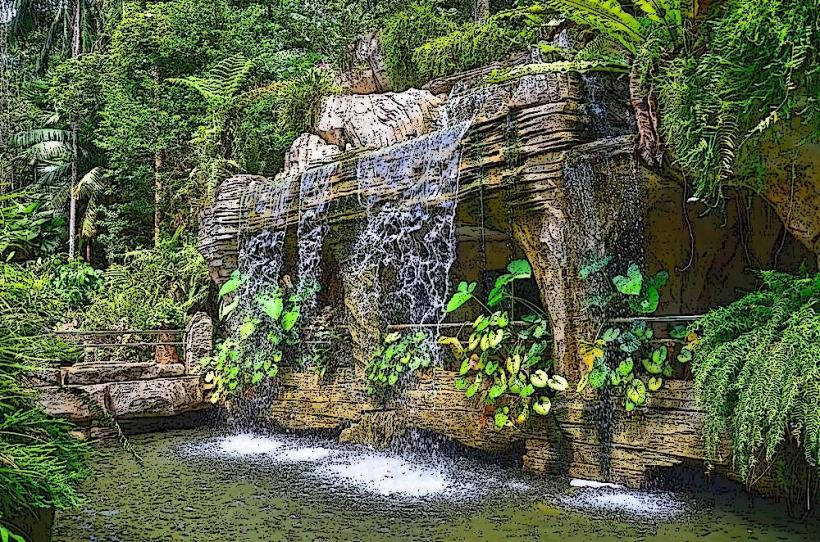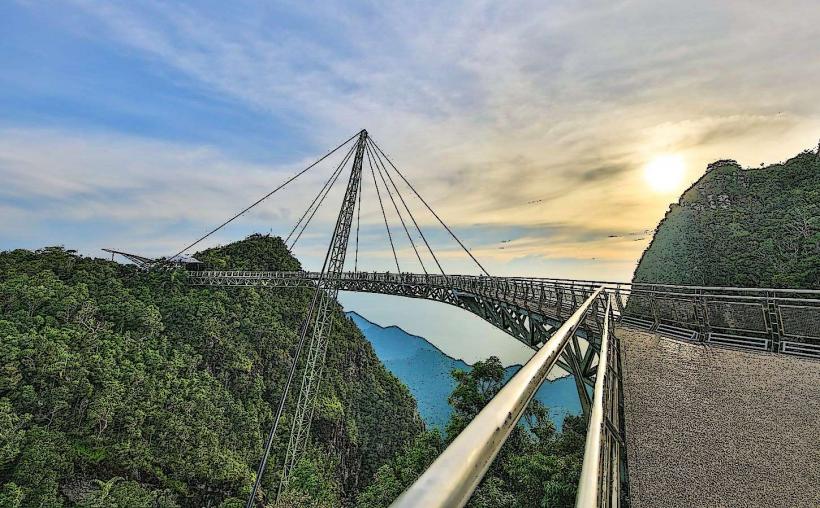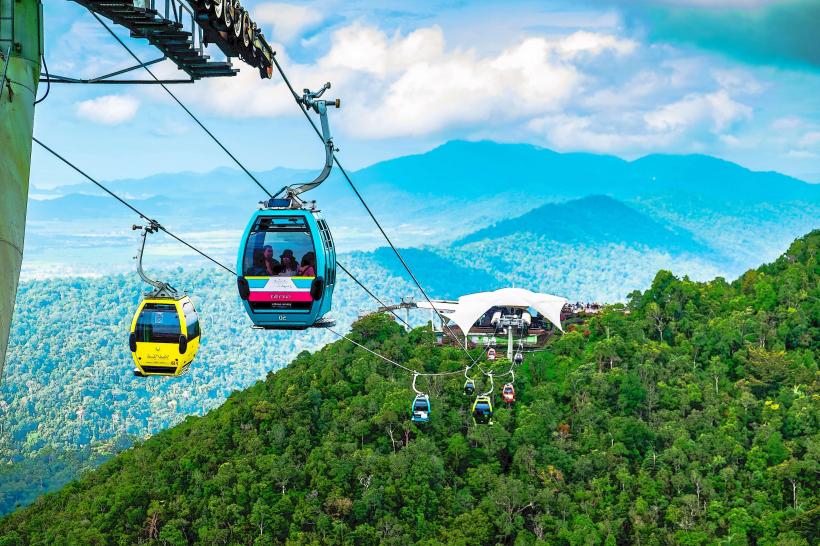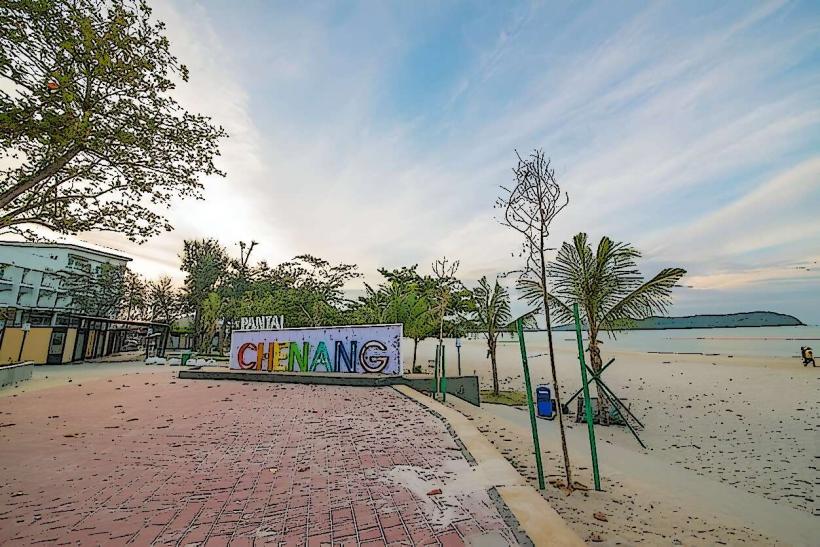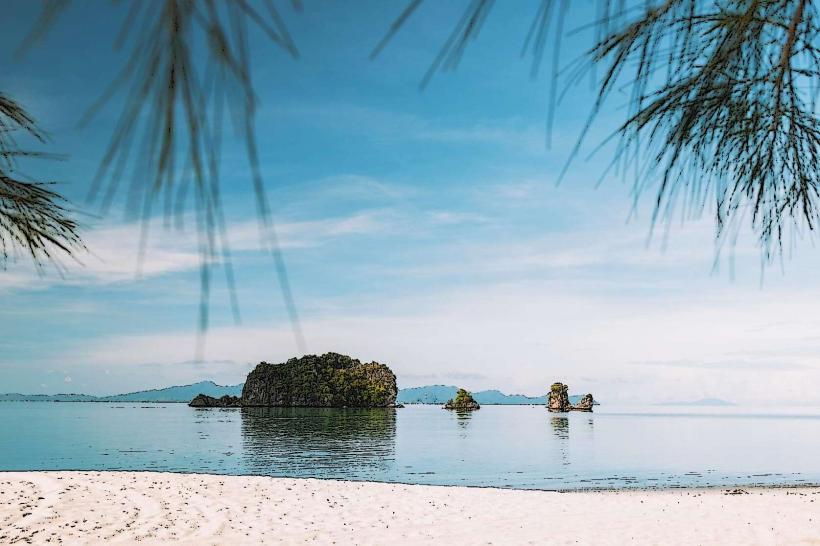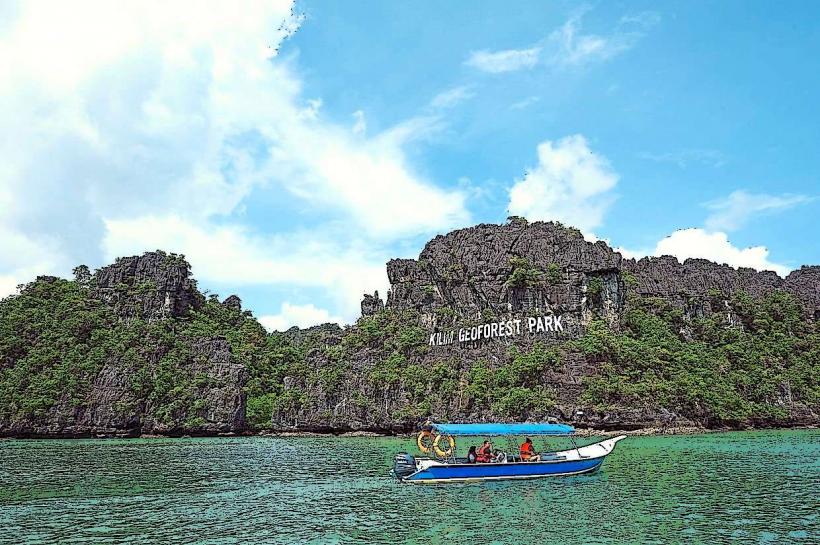Information
Landmark: Melaka Sultanate Palace MuseumCity: Malacca
Country: Malaysia
Continent: Asia
The Melaka Sultanate Palace Museum is a historical and cultural museum in Malacca, Malaysia, that showcases the legacy of the Malacca Sultanate during its golden era in the 15th century. Located at the foot of St. Paul’s Hill, the museum offers visitors a glimpse into the rich history, culture, and traditions of the Malay world before Portuguese colonization.
Overview and Historical Context
The museum is a modern reconstruction of the original wooden palace of Sultan Mansur Shah, who ruled Malacca from 1456 to 1477, during the sultanate's peak. The palace was reconstructed based on descriptions from the Malay Annals (Sejarah Melayu), a historical and literary work detailing the sultanate’s history.
- Established: 1986.
- Purpose: To preserve and display the heritage of the Malacca Sultanate and its significant influence on trade, governance, and Malay culture.
Architecture
The museum building is a faithful representation of traditional Malay palace architecture, constructed using historical methods and materials.
Key Features:
Traditional Malay Design:
- Built primarily from wood, without the use of nails, as was customary for Malay palaces.
- Elevated on stilts to protect against flooding and improve ventilation.
Roof Structure:
- The multi-tiered roof design reflects traditional Malay aesthetics, symbolizing hierarchy and grandeur.
Ornamental Details:
- Wood carvings with floral and geometric motifs.
- Chengal wood, a durable tropical hardwood, was used for key structural elements.
Exhibits
The museum contains eight galleries and over 1,300 artifacts, including dioramas, models, weaponry, and textiles. The exhibits are divided into themes that highlight the governance, culture, and daily life of the Malacca Sultanate.
Highlights:
Royal Court Scene:
- A life-sized diorama depicts Sultan Mansur Shah in his court, surrounded by ministers, warriors, and foreign envoys.
- It demonstrates the hierarchical structure and diplomatic practices of the sultanate.
Trade and Commerce:
- Artifacts and maps illustrating Malacca’s role as a major trading hub, connecting China, India, Arabia, and Europe.
- Exhibits on goods traded, including spices, textiles, and ceramics.
Military and Defense:
- Displays of traditional Malay weaponry, including keris (daggers), spears, and shields.
- Information on the defense strategies used to protect the sultanate from foreign invasions.
Cultural Artifacts:
- Traditional Malay costumes, textiles, and jewelry.
- Recreated interiors of a Malay palace, showcasing furniture and decorative arts.
Historical Documents:
- Replica copies of treaties, letters, and royal decrees.
Islamic Influence:
- Exhibits showing the impact of Islam on Malay culture, governance, and law during the sultanate era.
Visitor Experience
Location:
- The museum is located on Bukit St. Paul, near other historical landmarks such as A Famosa and St. Paul’s Church.
Opening Hours:
- Daily: 9:00 AM to 5:30 PM (hours may vary on public holidays).
Admission Fees:
- Adults: Approximately RM 5.
- Children and students: RM 2.
Facilities:
- Informative placards in English and Malay for easy understanding.
- A serene garden surrounding the museum, featuring traditional Malay landscaping.
Significance
The Melaka Sultanate Palace Museum plays a vital role in preserving and educating visitors about the rich cultural and historical heritage of Malacca during its golden age. It showcases how the sultanate served as a melting pot of cultures, attracting traders and scholars from around the world.


